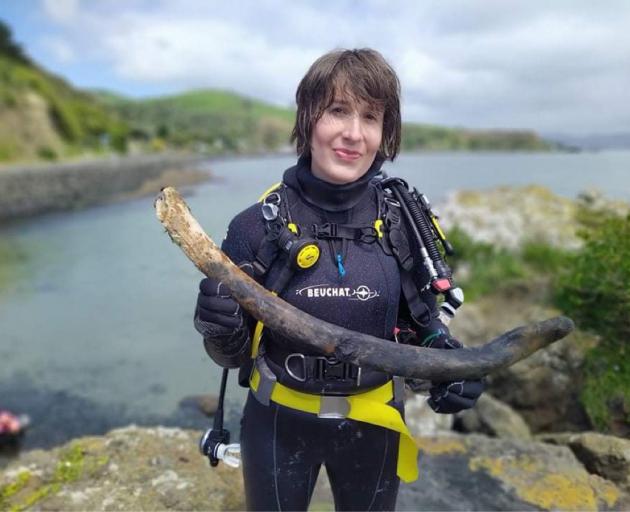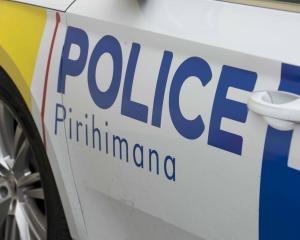
What Charlotte Goodyear instead uncovered this week is likely a remnant of the first days of permanent European occupation in the Dunedin area.
Ms Goodyear found what is believed to be a rib bone from a right whale at the site of Edward and Joseph Weller’s 1830s whaling station.
She was waiting in the shallows for her turn to practise her rescue skills ahead of a dive instructor exam next week.
The visibility had been good recently and the area was particularly beautiful at the moment, she said.
Ms Goodyear found the bone in 1m of water.
But the tide was unusually low on Wednesday, and most often where she was waiting would have been much deeper.
"There were a few little rocks, with a little bit of seaweed around, some sea grass, but it was pretty much some sand with what looked like a stick poking out of the sand."
Ms Goodyear said when something of archaeological significance was found it was standard practice not to touch it, but before she knew what she had in her hands, she had removed it.
And so she took note of where the bone was found.
Department of Conservation coastal ranger Jim Fyfe said he would take the specimen to the natural science curator at Otago Museum.
But it appeared to be a rib bone from a right whale.
He encouraged people not to look too deep or too hard and to leave any bones in situ at the site, but this bone was a good specimen, Mr Fyfe said.
He would talk to experts, including iwi, to find out what they could learn from it.
The bone might yet be returned to where it was found, he said.
"It’s always interesting to be aware of that history of Otago, and this was at the surface and turned up, so we might as well investigate it before deciding what to with the bone."












